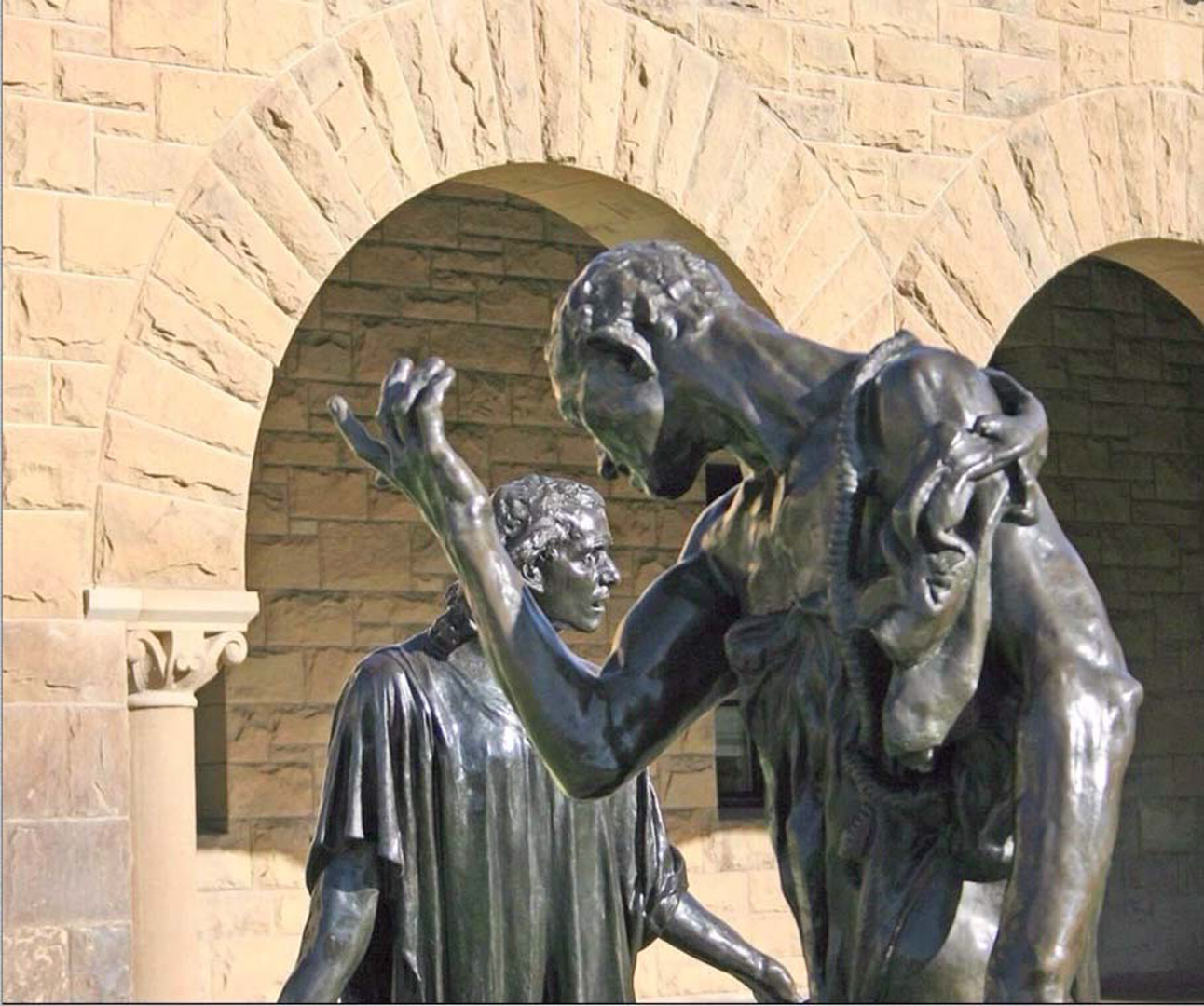“Theory and Methods of Lightfield Photography” by Georgiev and Lumsdaine
Conference:
Type(s):
Title:
- Theory and Methods of Lightfield Photography
Presenter(s)/Author(s):
Abstract:
Lightfield photography is based on capturing discrete representations of all light rays in a volume of 3D space. Compared to conventional photography, which captures 2D images, lightfield photography captures 4D data. To multiplex this 4D radiance onto conventional 2D sensors, lightfield photography demands sophisticated optics and imaging technology. The final image rendering is based on creating 2D projections of the 4D radiance.
This course presents lightfield analysis in a rigorous mathematical way, which often leads to surprisingly direct solutions. The goal is simplicity. The course emphasizes underlying fundamental ideas. The mathematical foundations are used to develop computational methods for lightfield processing and image rendering, including refocusing and perspective viewing. While emphasizing theoretical understanding, the course also demonstrates practical approaches and engineering solutions for the discussed problems.
The course includes a hands-on demonstration of several working lightfield cameras that implement different methods for radiance capture, including the micro-lens approach of Lippmann and the plenoptic camera, the mask- enhanced “heterodyning” camera, the lens-prism camera, multispectral and polarization capture, and the plenoptic 2.0 camera. Various computational techniques for processing captured data are demonstrated, including Ng’s Fourier slice algorithm, the heterodyned light-field approach for computational refocusing, rendering, glare reduction, and others.
Additional Information:
Prerequisites
Basic knowledge of ray optics, image processing, linear algebra, and programing. Deeper involvement in one or several of those areas is a plus, but not required to understand the course.





